Report this entry
More from the same community-collection
Dolores Huerta: Revolution in the Fields / Revolución en los Campos
Dolores Huerta: Revolution in the Fields / Revolución en los ...
Dolores Huerta: Revolution in the Fields / Revolución en los Campos
Dolores Huerta: Revolution in the Fields / Revolución en los ...
Dolores Huerta: Revolution in the Fields / Revolución en los Campos
Dolores Huerta: Revolution in the Fields / Revolución en los ...
Dolores Huerta: Revolution in the Fields / Revolución en los Campos
Dolores Huerta: Revolution in the Fields / Revolución en los ...
Dolores Huerta: Revolution in the Fields / Revolución en los Campos
Dolores Huerta: Revolution in the Fields / Revolución en los ...
Dolores Huerta: Revolution in the Fields / Revolución en los Campos
Dolores Huerta: Revolution in the Fields / Revolución en los ...
Neighborhoods and Shared Memories: Manhattan Heights
Manhattan Heights historic district was originally the site of a ...
Neighborhoods and Shared Memories: Manhattan Heights
Manhattan Heights historic district was originally the site of a ...
Neighborhoods and Shared Memories: Manhattan Heights
Veterans Memorial Park
Built on the original ...
Neighborhoods and Shared Memories: Manhattan Heights
Veterans Memorial Park
Built on the original ...
Neighborhoods and Shared Memories: Manhattan Heights
Veterans Memorial Park
Built on the original ...
Neighborhoods and Shared Memories: Manhattan Heights
Manhattan Heights Churches
Three historical ...
Neighborhoods and Shared Memories: Manhattan Heights
Manhattan Heights historic district was originally the site of a ...
Neighborhoods and Shared Memories: Manhattan Heights
Mabel Welch
A wife and mother in her 20s. A ...
Neighborhoods and Shared Memories: Manhattan Heights
Manhattan Heights historic district was originally the site of a ...
Neighborhoods and Shared Memories: Manhattan Heights
Untold Story of Manhattan Heights
Before the ...
Neighborhoods and Shared Memories: Manhattan Heights
Manhattan Heights historic district was originally the site of a ...
Neighborhoods and Shared Memories: Manhattan Heights
Manhattan Heights historic district was originally the site of a ...
Neighborhoods and Shared Memories: Manhattan Heights
Texaco
Texaco was founded in Beaumont, Texas ...
The New China Grocery ad, El Paso, Texas 1924
The New China Grocery ad, El Paso, Texas 1924. This was a ...
Loretto Academy, Alumnae Class of '82 El Paso, Texas May 2022
Loretto Academy, Alumnae Class of '82 El Paso, Texas May 2022











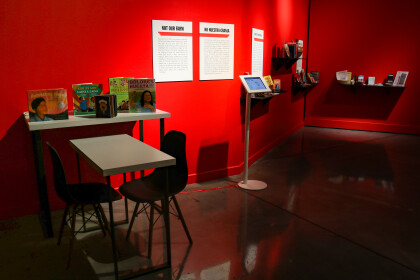
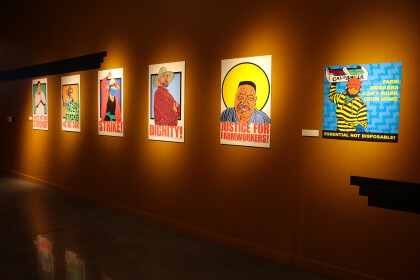
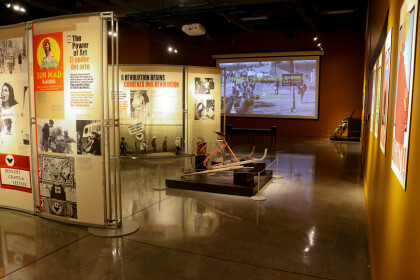
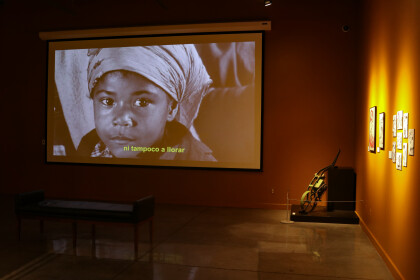
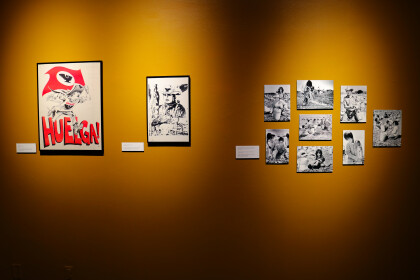
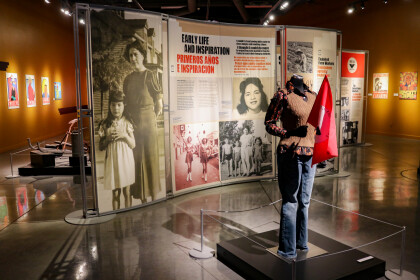
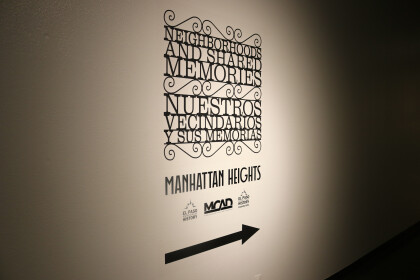
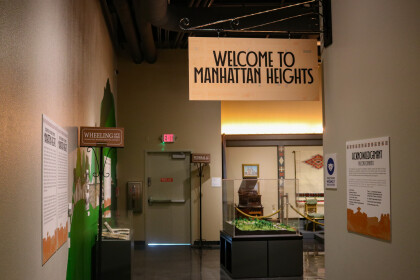
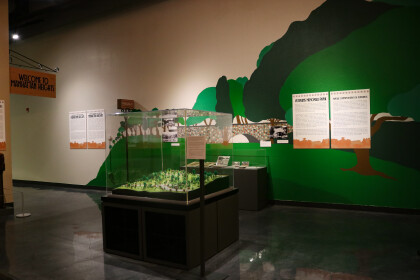
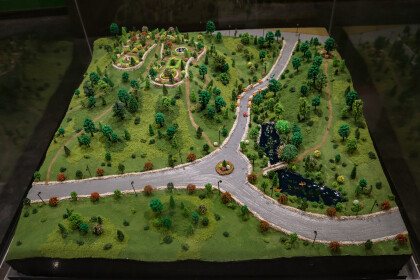
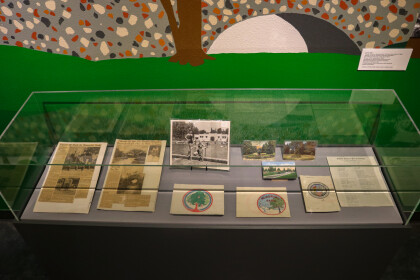
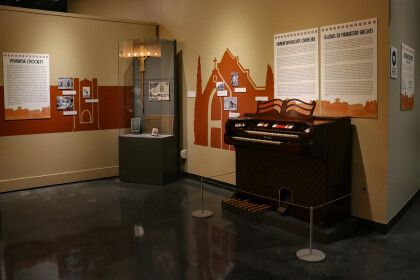
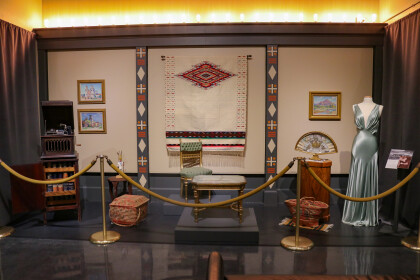
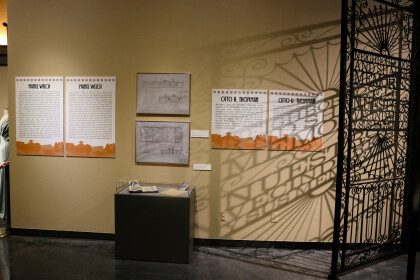
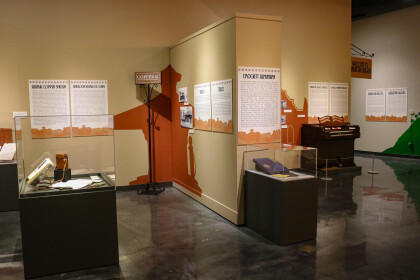
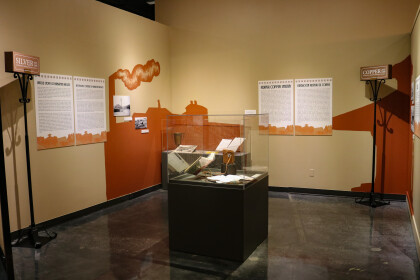
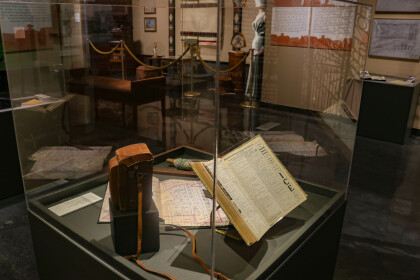
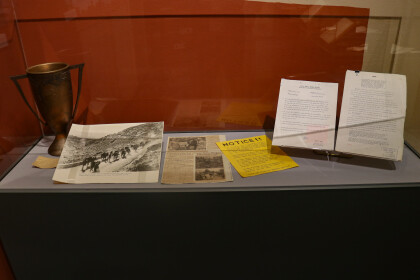
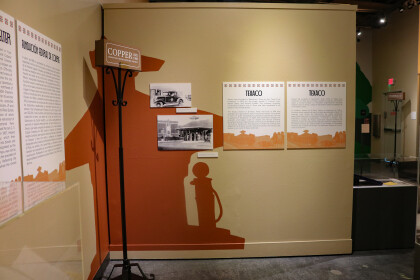
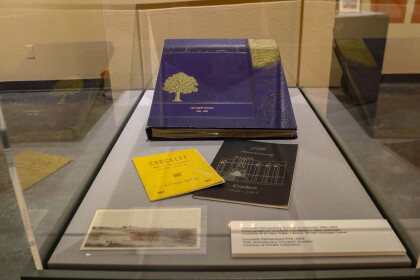
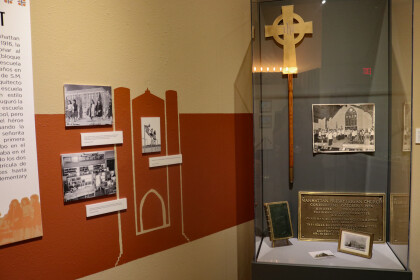
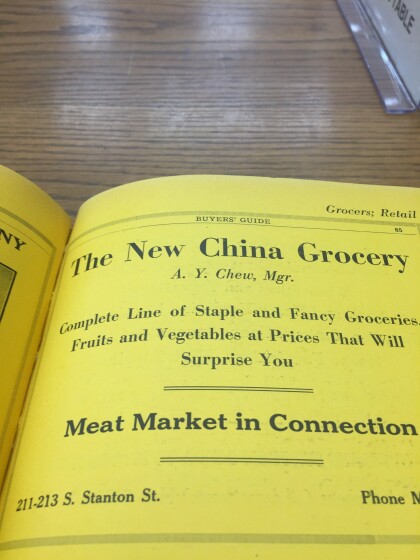
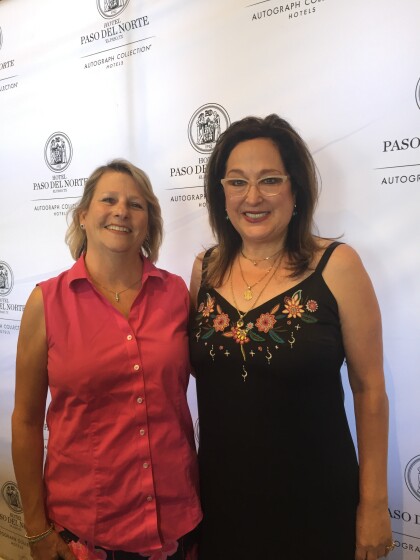
Comments
Add a comment